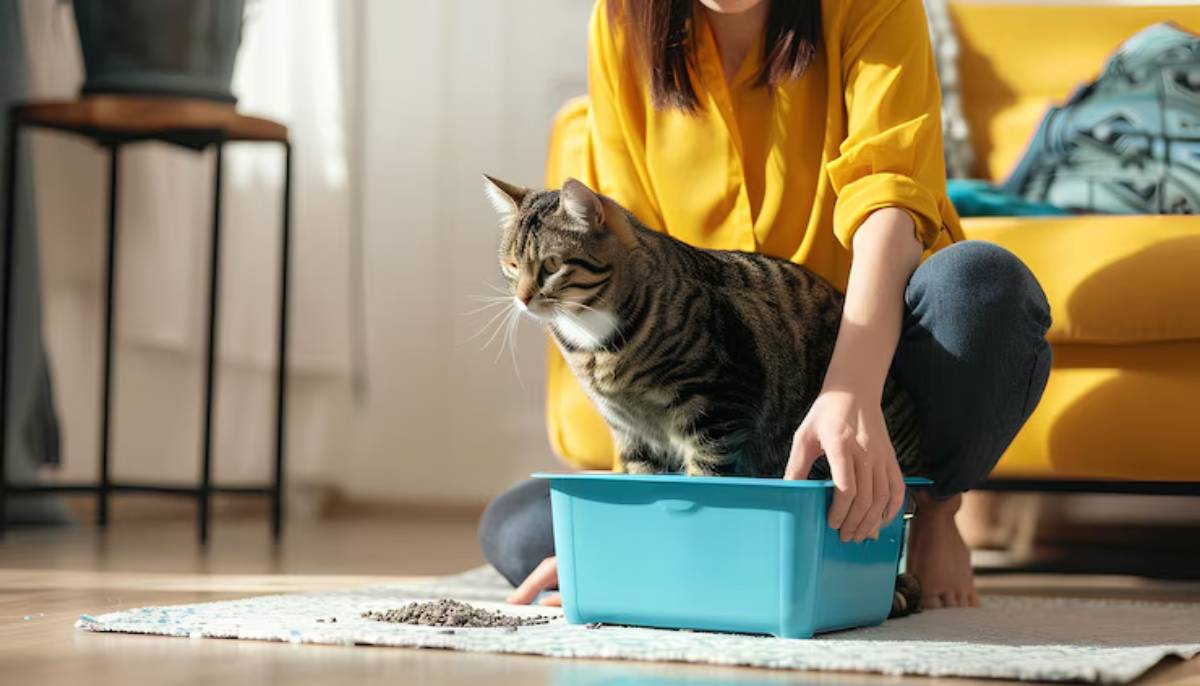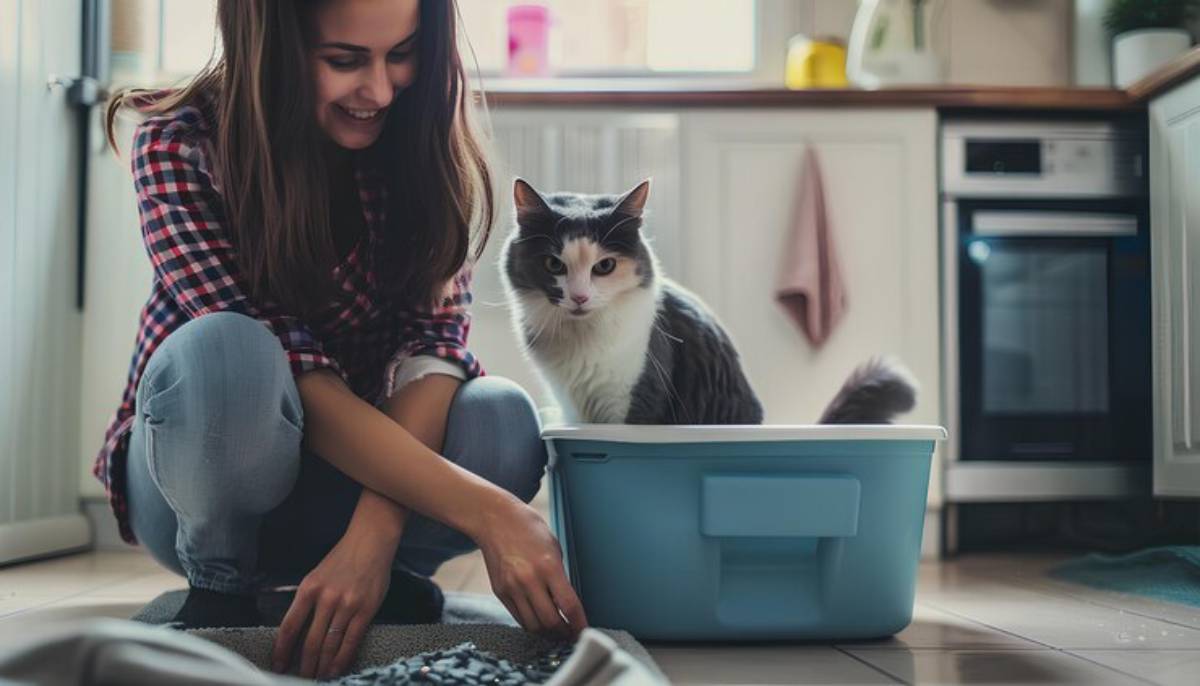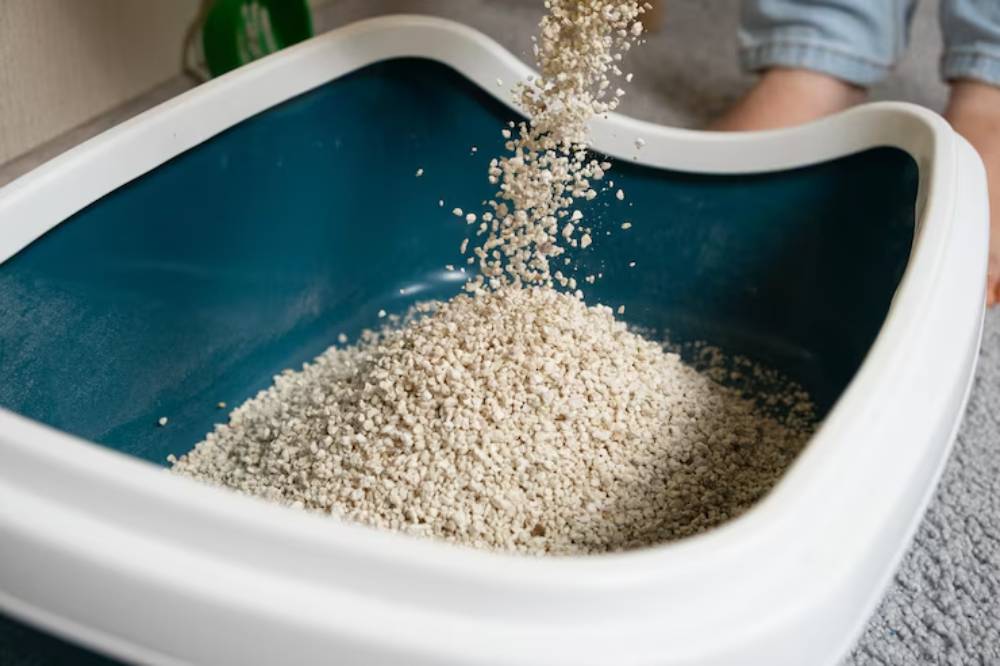
Litter Training Cats in Small Apartments
Living in a small flat doesn’t mean sacrificing cleanliness or your cat’s comfort. In fact, with a bit of creativity and the proper litter box setup, even the tiniest studio can be a hygienic and happy space for you and your feline friend.
In this guide, we’ll walk through practical, space-saving litter solutions tailored for urban living. Whether bringing home a kitten or re-training an adult rescue cat, these tips will help make litter training in small spaces possible and stress-free.
Why Litter Training in Small Spaces is Unique
Smaller homes present distinct challenges:
- Limited floor space
- Proximity to living and eating areas
- Less ventilation
- Increased awareness of odours
But they also have benefits: cats stay closer to their designated areas and are less likely to “go rogue”. Your goal? A smart, compact litter setup that blends with your space without compromising hygiene.
Choosing the Right Litter Box for a Compact Home

Think Vertical or Hidden
When every square foot counts, it’s all about using space wisely:
- Corner litter boxes fit neatly into tight spaces and are less intrusive.
- Top-entry boxes: Great for containing litter scatter and odour.
- Litter box furniture: Disguised as cabinets or benches, these hide the tray while doubling as functional surfaces.
Pro tip: Use a measuring tape before purchasing a box. Many online listings include full dimensions, so you can ensure it fits your space.
Covered vs Uncovered
While covered boxes are better at containing odours, some cats find them too confining. If you’re unsure, try both and see which your cat prefers.
Best Places to Put a Litter Box in a Flat
You might not have a “spare room” to devote to your cat’s toilet habits, but that’s okay. Consider these discreet and effective spots:
- Bathroom: Often the easiest choice, with tiled floors and good ventilation.
- Laundry cupboard or utility nook: Tuck a box behind a curtain or sliding door.
- Under a table: Add a skirted cloth to conceal the box.
Avoid placing the litter box near the food or water bowl, as cats instinctively dislike toileting near their dining area.
Litter Options: What Works Best in Small Flats

Choosing the right litter matters even more in a confined space:
- Low-dust: Reduces mess and respiratory irritation.
- Clumping: Easier to scoop and keeps the box fresher longer.
- Odour control: Look for natural additives like activated charcoal or baking soda.
- Flushable or biodegradable: Better for the environment and useful if bin space is tight.
Some eco-conscious urban pet owners opt for wood pellets, which are low-odour and compostable (check your council rules first!).
Space-Saving Accessories Worth Investing In
Don’t underestimate the impact of innovative accessories:
- Litter mats: Catch stray bits before they travel across your floor.
- Compact scoops: Wall-mounted or with a hanging caddy.
- Odour-neutralising sprays: Use natural enzyme sprays to keep the area fresh.
- Storage baskets: Keep litter refills, liners, and scoops tidy and out of sight.
Wall-mounted shelves or vertical storage can also help you keep cleaning tools and supplies nearby without cluttering the floor.
Routine is Key: Daily Habits to Keep the Peace
In a small space, smells and messes become obvious fast.
That’s why consistency is your secret weapon:
- Scoop at least once daily (twice for multi-cat households)
- Top up litter every few days
- Change and disinfect the entire box weekly
- Wash mats or surrounding surfaces often
Setting a routine also helps your cat feel more comfortable. Cats thrive on predictability, and clean litter encourages regular use.
What If You Have Guests?
You don’t want friends sniffing out the litter tray when they arrive.
Here’s how to manage it:
- Choose a discreet location that’s out of sight.
- Use air purifiers or essential oil diffusers (keep them cat-safe!)
- Keep a small broom and dustpan handy for quick tidy-ups
You can even keep a small sign handy to discreetly notify guests about the litter box if it’s in a shared area like the bathroom.
Jo’s Story from a Studio Flat in Brighton
Jo adopted her tabby cat, Luna, while living in a 35-square-metre flat. “I was worried about smells and space,” she says, “but honestly, with the right setup, it hasn’t been an issue.”
She chose a covered top-entry box in her bathroom and uses bamboo clumping litter. A double-layer mat keeps tracking to a minimum.
“It’s all about routine,” Jo explains. “Luna knows when I scoop, and I just do a deep clean every Saturday morning with coffee and a podcast.”
Jo’s litter kit includes:
- A hidden litter box with an odour filter
- Natural enzyme spray for quick clean-ups
- A compact bin with a sealing lid
Clean, Cosy, and Cat-Approved
Litter training in a small apartment doesn’t need to be a challenge. With the right tools, routine, and design savvy, your space can stay clean, comfortable, and cat-friendly.
Here’s a quick recap:
- Choose a box that suits your space and your cat’s preferences
- Use clumping, low-dust litter for easy upkeep
- Place the box in a discreet, ventilated area
- Stick to a daily cleaning routine
- Try accessories that make the most of your layout
Your cat doesn’t care how big your flat is; it feels safe, clean, and inviting.
Got your space-saving litter tip? Share it in the comments or tag us on socials. We’d love to see your cat’s corner!
Because no matter the square footage, a happy cat makes a happy home.


